Haunting Ghost Towns of Tuscany – Forgotten Villages (See Them Before They’re Gone)
Discover the ghost villages of Tuscany—abandoned medieval towns frozen in time. Walk through silent streets, haunting ruins, and lost legends. Visit now before these forgotten gems are restored or disappear forever.
LOCAL STORIES&CULTURETOSCANA
Gallery
Discover the haunting beauty of Tuscany’s ghost villages: wander through the silent alleys of Toiano, the cinematic ruins of Villa Saletta, the ivy-covered walls of Buriano, the vertiginous cliffside houses of Lucchio, and the submerged mystery of Fabbriche di Careggine.
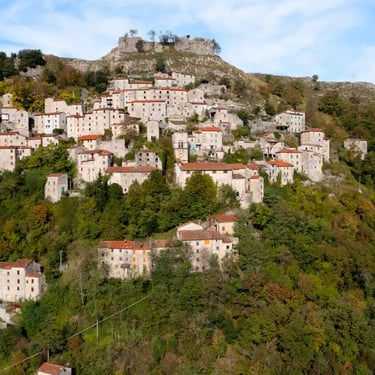
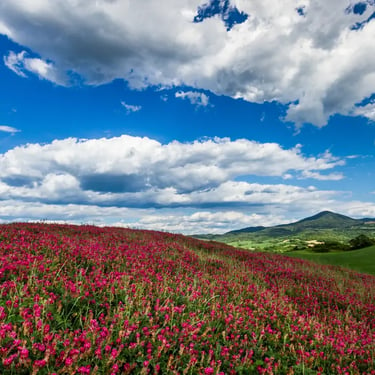
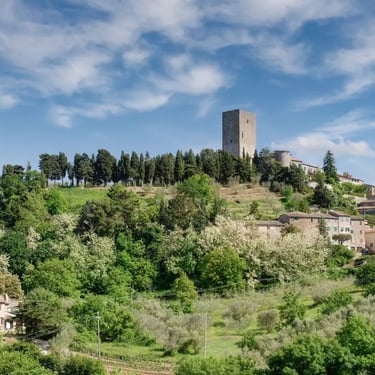
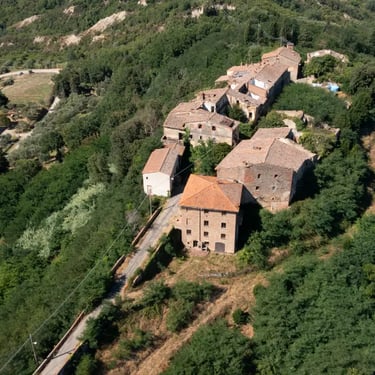
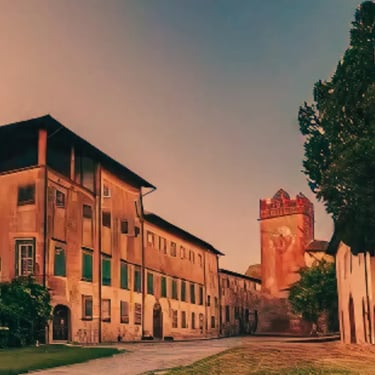
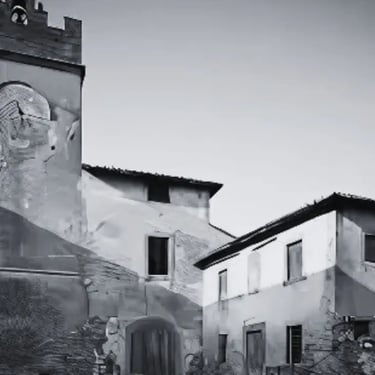
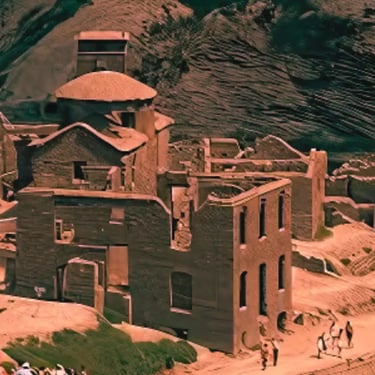
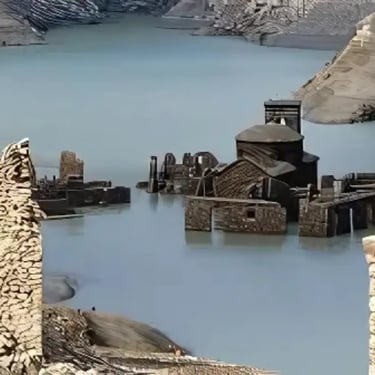
Region: Tuscany
Province / Nearest City: Pisa & Lucca
Attraction Name: Ghost Villages of Tuscany
Address: Scattered between the provinces of Pisa and Lucca, nestled in the Tuscan hills.
Distance from Major City: From Florence, the nearest of these villages is about 60–90 km (1–1.5 hours by car).
How to Get There:
By car: The best way is to drive—each ghost village is tucked away in the hills, with winding roads that make the adventure even more atmospheric.
By public transport: Limited connections by bus and train exist, but reaching them usually requires a combination of transport and a good walk—making the car the most practical option.
What Makes It Unique in the World:
Tuscany isn’t just about vineyards, Florence, and rolling hills. Hidden in its valleys are abandoned hamlets that feel frozen in time. Walking among their crumbling stone houses, tilted towers, and silent streets is like entering a parallel world—where history whispers from every moss-covered wall. These villages are a mix of mystery, melancholy, and raw beauty.
Local Story / Fun Fact:
Legends swirl around many of these places. Some say spirits roam at night, others recall sudden abandonments caused by plagues, wars, or floods. One village even hides beneath a lake, reappearing only when the waters are drained!
Best Time to Visit:
Spring and autumn are ideal: soft light, fewer tourists, and the right mood for exploring forgotten corners of Tuscany. Summer adds a golden glow, while winter can make them feel even more haunting.
Nearby Food & Stay:
After ghost-hunting, balance the eerie with the cozy. Local trattorias in nearby towns serve pappardelle al cinghiale (wild boar pasta) and hearty soups like ribollita. For an overnight, rustic agriturismi nearby offer warm Tuscan hospitality among olive groves and vineyards.
The Ghost Villages
1. Toiano (Palaia, Pisa)
Once a lively medieval village, Toiano now sits abandoned on a hilltop. Its nickname is “the town of silence.” Walking through its deserted alleys feels cinematic. The last residents left in the 1960s, and today only ruins and legends remain.
2. Villa Saletta (Palaia, Pisa)
Once a thriving farming community and estate village, Villa Saletta has a strangely cinematic atmosphere—it has been used as a set for films. The abandoned houses and wide central street make it feel like an open-air museum of rural Tuscany left untouched.
3. Buriano (Montecatini Val di Cecina, Pisa)
Hidden among forests, Buriano was abandoned centuries ago. The ruins are slowly being reclaimed by nature, with ivy crawling up ancient walls. Perfect for those who like an Indiana Jones–style adventure.
4. Lucchio (Lucca)
Known as “the leaning village,” Lucchio clings dramatically to a steep mountainside, with houses stacked one over the other. Abandoned in large part during the 20th century, it still feels vertiginous—like it might slip off the cliff at any moment. A breathtaking view, and a little eerie.
5. Fabbriche di Careggine (Vagli, Lucca)
Perhaps the most famous of them all. This medieval village was flooded in the 1940s to create an artificial lake. Every few decades, when the lake is drained for maintenance, the ghostly stone houses emerge again from the waters—like a miracle of memory.
Conclusion:
These ghost villages remind us that Tuscany isn’t only postcard-perfect vineyards and crowded piazzas. Sometimes, its most fascinating stories are hidden in silence, among ruins, or even beneath the water. Visiting them is like opening a forgotten book—you never know what secret you’ll uncover.
